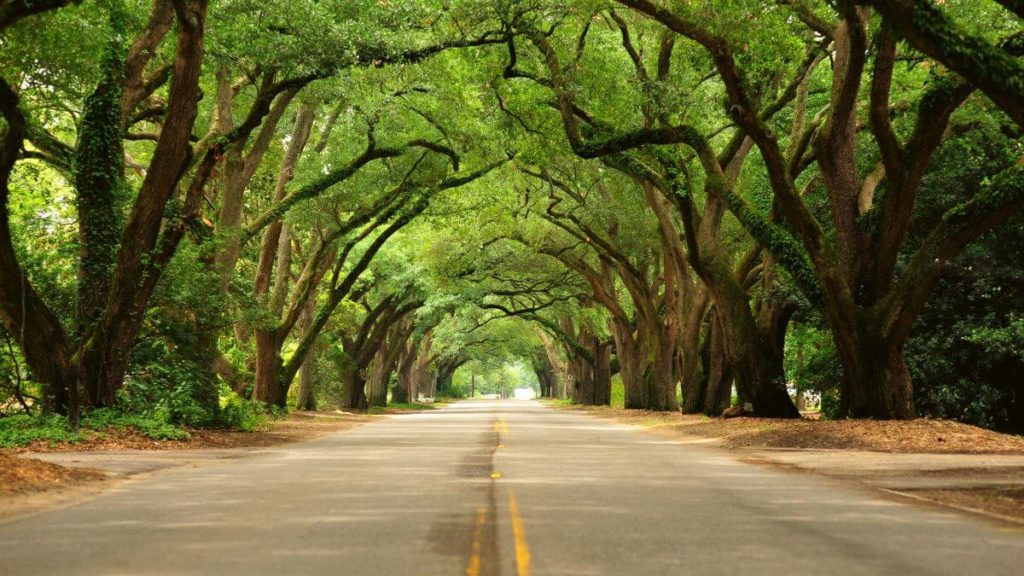
It is said there was a time when a person could walk from Michigan to Maine and to Florida and never touch the ground. Can you imagine a world with so many trees? Majestic white pines, sugar maples, forests of oak, ash, birch, with serviceberry and dogwoods under the canopies of the giants.
Trees of the Northeast aren’t as plentiful, but still serve an important roll for wildlife and people. I can’t possibly give you the name of every tree and what it offers. What I will do is to give you some of the old standards.
Trees of the northeast and Great Lakes that we take for granted.
Eastern white pine (Pinus strobus)
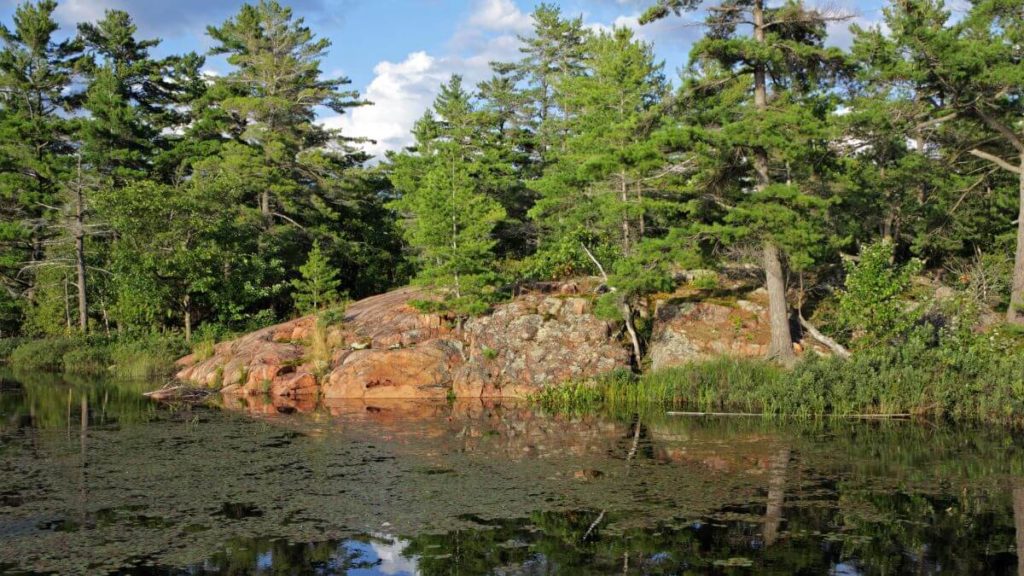
The giants of the East! This is a tree you must give some room. Like all true pine trees, it will lose its lower branches and this continues as the tree grows.
- White pines can grow to 225 feet (a rare sight indeed with de-forestation).
- The only five needle pine tree to grow naturally east of the Rocky Mountains. The soft needles are 3 to 5 inches long. The 6 inch cones produce pine nuts loved by birds and animals.
- White pines grow in nature all along the east coast of Canada and the United States. In land through Ontario, and Great Lakes region.
- White pines are known for its dark gray bark and reliably straight trunks and branches.
Black spruce (picea mariana)

This spruce can be found from Pennsylvania north and through out Canada and Alaska.
- Black spruce can grow to 70 feet and produce a 2 inch brownish egg shaped cone.
- A key food source in the boreal forests of Canada.
- Spruce trees differ from pines in a couple of ways. Spruce are a single needle tree while pines are a multi needle tree. Spruce trees retain branches where as pines naturally drop branches as the tree grows.
Red spruce (picea rubens)
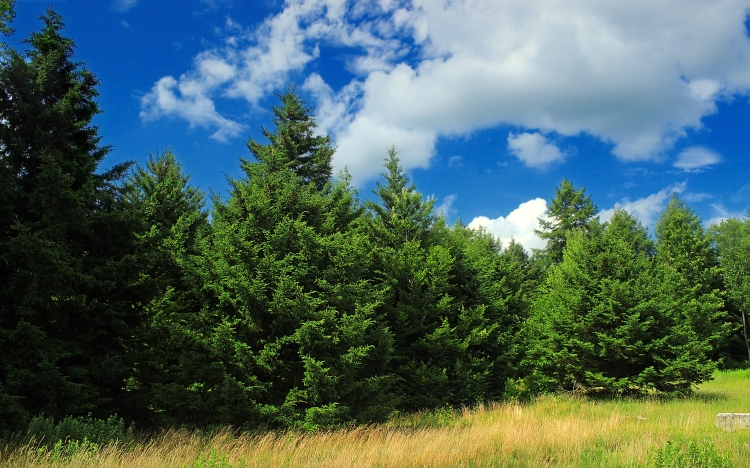
This tree is wide spread from Newfoundland down through the Appalachian Mountains to northern Georgia
- Grows to around 80 feet and has finely toothed 2 inch cones that can be a light orange to brown tint.
- They thrive in wet acid soil.
White cedar (Thuja occidentails)
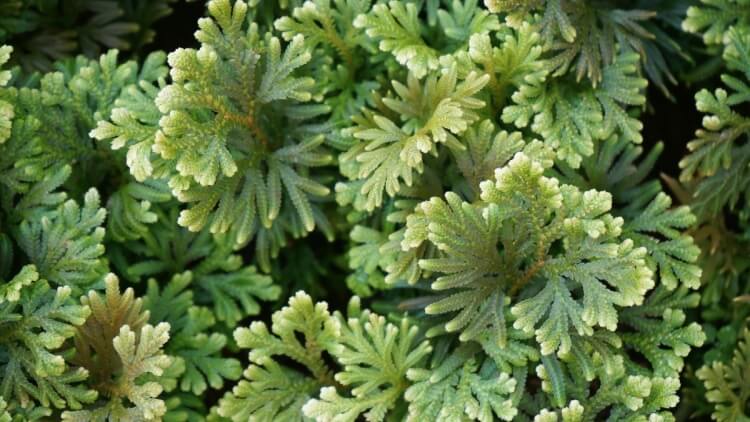
Also known as Aborvitae, this very hardy small tree grows natural From Canada’s Hudson Bay, the northeast United States down to Georgia.
- As far as trees of the northeast goes, this is one of the most popular as a yard plant.
- In nature, it may grow to 30 feet. Many cultivars have been developed to where they will only be 2 feet wide.
- The thick growth makes for deer food in the winter as well as protection for birds.
- The tiny upright cones are about one third of an inch long and offer seed as food.
Hawthorns (Crataegus)
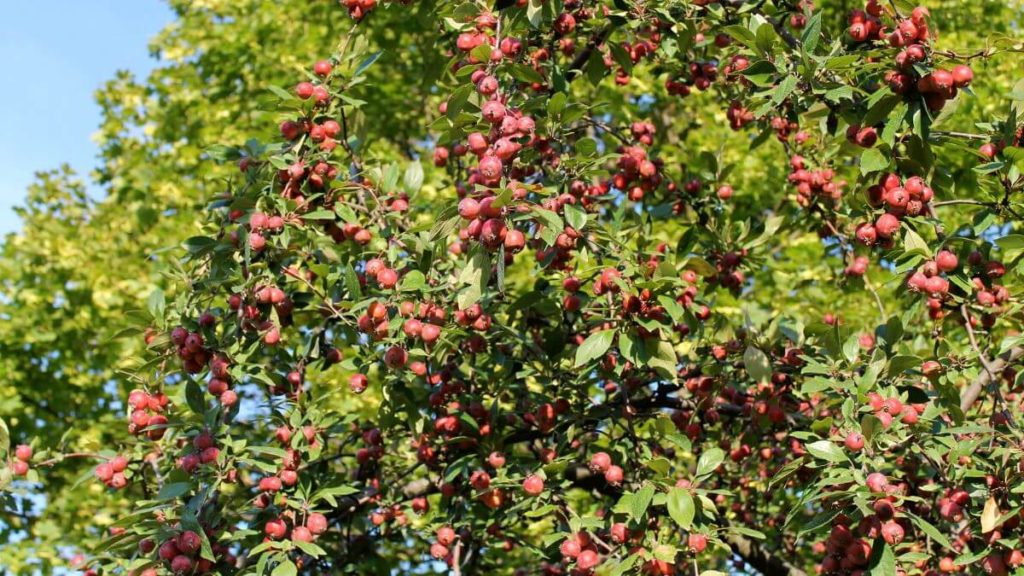
There are a few varieties of native hawthorn but the most common is Cockspur hawthorn. Hawthorns are found from southeast Canada, Along the Atlantic coast and some species well into the Great Plains.
- This tree is well known for its huge thorns averaging 2 inches in length.
- Hawthorns trees bare little fruits that resemble crabapples. The fruits are a favorite among all fruit eating birds and provide food for animals as well.
- They can grow from 30 to 40 feet in height and almost as wide. Trees of the northeast are many.
Oak (Quercus)

They are native to much of the Atlantic cost, into the Great Lakes region and southeast Canada.
- There are several species of Oak (Quercus) All are large trees and offer food, shelter and protection.
- Most oaks are slower growing trees.
- Acorn crops can vary from season to season.
Maples (Acer)

- Red Maples are found in the eastern two thirds of America.
- Red maple are smaller and as the name indicates provides a nice red fall color.
- Silver Maple is Native to the Hudson Bay region through out all of the southeast United States.
- Silver maple are a fast growing tree and throw out more than their fare share of seeds (helicopters).
- Silver or soft maples are a messy tree, often dropping twigs and.
- Sugar maples are native trees of the Atlantic coast region, into the Great Lakes and extreme southeast Canada.
- Sugar maple, Red and Silver maples all offer up seed as food for wildlife.
- Sugar maples are slow growers but are beautiful full trees.
Other trees of the northeast include Beech, Birch, Dogwood, Serviceberry, crabapples and a slew of other of other species of trees that offer food and protection for wildlife.
